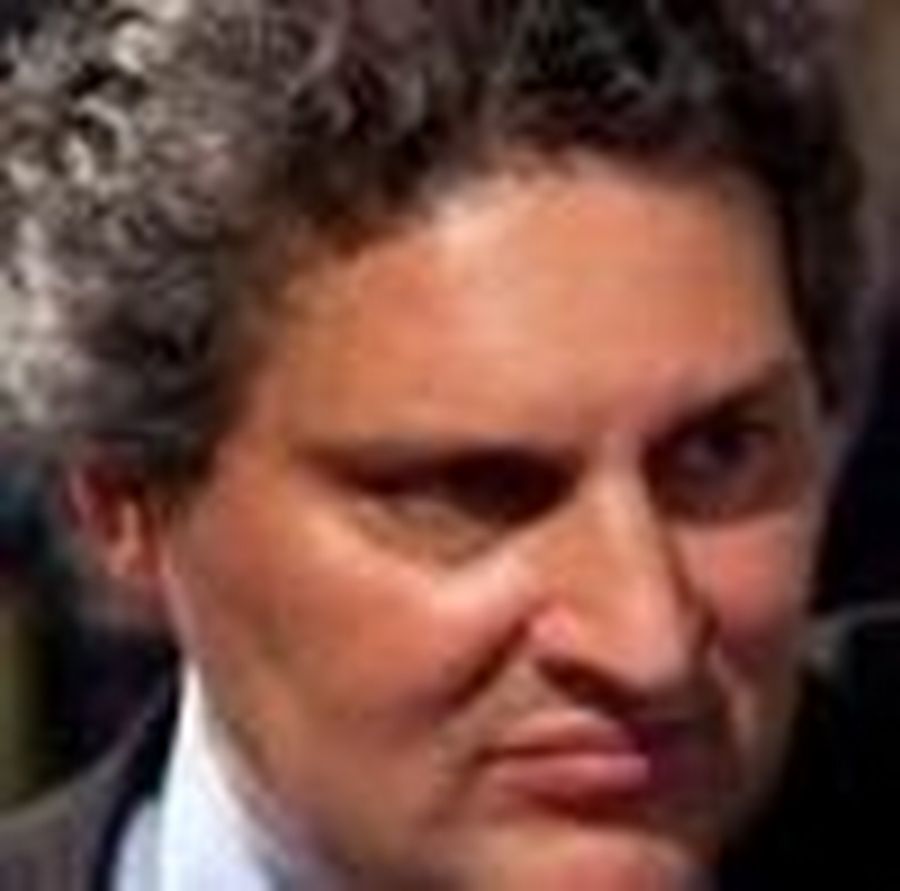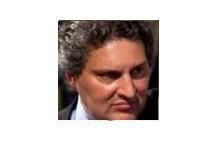
IFR Editor-at-large Keith Mullin
IN A WEEK that witnessed the remarkable spectacle of Anshu Jain, Deutsche Bank’s co-CEO, delivering his speech to the annual shareholders’ meeting in German – a painfully strangled version of the language of Goethe according to native speakers but hats off to him nevertheless for the ballsy effort – Morgan Stanley perhaps produced the bigger splash as the firm’s veteran head of fixed-income sales and trading Ken deRegt upped sticks and left the firm – again.
DeRegt has now left Morgan Stanley twice. After a 19-year career with the firm that began in 1981, he “retired” only to join hedge fund and fund-of-funds Aetos Capital in 2002 before former CEO John Mack hired him back in 2008 to clean up the mess after the firm was forced to recognise a US$3.7bn loss on a US$13bn structured credit bet.
It’s hard to tell from the memos sent out by chairman and CEO James Gorman and president of Institutional Securities Colm Kelleher whether Morgan Stanley just got fed up with deRegt and the slow and lumbering turnaround in the firm’s FICC business and tin-tacked him. Or whether deRegt saw the writing on the wall and decided to walk.
For the second time, the firm euphemistically referred to deRegt’s departure as “retirement”. But the fact that he has hardly retired but opted instead to join Canarsie Capital – about which I admit to knowing nothing except that his son apparently works there and the firm will be a client (in a move reminiscent of Jes Staley leaving JP Morgan to become a partner of JP Morgan client BlueMountain) – infers his departure may not have been totally voluntary.
If that is the case, the poison chalice of fixing the firm’s FICC platform has claimed another scalp after deRegt’s predecessor, former Credit Suisse fixed-income supremo and putative saviour of Morgan Stanley’s bond business Jack diMaio, decamped to Mead Capital in 2011 after just a year as head of fixed-income at Morgan Stanley.
I’m a little foxed by what’s going on in Morgan Stanley’s FICC business. It’s true that the firm came close to collapse in the midst of the global financial crisis before being rescued by MUFG (which took a chunky stake). It’s also true that the firm suffers from higher funding costs than its rivals. But the constant references quarter after quarter to ongoing efforts to right-size and balance the fixed-income business are at odds with the rest of Wall Street, which has similarly been engaged in chopping risk-weighted assets (predominantly capital-intensive complex and long-dated illiquid structured products) as well as staff. The difference is the rest of Wall Street seems to be more decisive – and certainly doesn’t witter on quite as much.
THE NUMBERS SPEAK volumes. In the first quarter of 2013, Wall Street’s Big Five – Goldman Sachs, Morgan Stanley, Bank of America Merrill Lynch, Citigroup and JP Morgan – reported net revenues from FICC of a tad over US$17bn. Morgan Stanley’s share of that was feeble at less than 9%. The remaining quartet did considerably better, earning shares broadly in the same ballpark as each other (albeit there is some clear water opening up between JP Morgan and Citigroup at the top and BofA Merrill and Goldman).
More than the sheer quantum differentials, the fact that Morgan Stanley’s Q1-to-Q1 performance was visibly worse than those of its arch-rivals – down 42% against modest single-digit declines for Goldman, Citigroup and JP Morgan and a bigger but by no means as bad decline at BofA Merrill (attributed to a chunky gain in Q1 2012 in mortgages) – is noteworthy.
The shift from manufacturing, distributing (and warehousing) complex structured risk and engaging in proprietary trading strategies to running flow vanilla businesses has been the talk of the past five years in fixed-income. While it’s true that trading volumes have been in a bit of a funk over the past few quarters, it’s hard to fathom why Morgan Stanley seems to be struggling so hard to make it happen. Mention Morgan Stanley these days in general conversation with the Street and the general reaction is one of puzzlement and talk of a firm that has kind of lost its way in certain areas.
As Morgan Stanley goes about trying to change the direction of its business, it’s losing highly experienced managers
GORMAN AND KELLEHER noted in a memo regarding deRegt that: “Our fixed income business today is more stable, focused and better aligned with the rest of the firm”. That’s as it may be, but there’s little benefit in having internal alignments if you’ve lost your earnings power and can’t cut it on the ROE front. On the basis of the numbers, that bit has some way to go.
The job of pushing forward with the rehabilitation of the fixed-income business now falls to Michael Heaney (former head of credit sales and trading) and Robert Rooney (head of fixed-income client coverage and head of EMEA fixed-income), both of whom have been at the firm for some time. Their mix of backgrounds certainly looks good on paper, as does the New York/London split.
On the assumption that they both join the firm’s operating committee, that will leave the FICC and investment banking businesses both run by co-heads. Following his ousting of former divisional co-head and long-serving arch-rival Paul Taubman at the end of last year, Kelleher named Mark Eichorn and Franck Petitgas co-heads of investment banking last November.
A point worth pondering here is that, as Morgan Stanley goes about trying to change the direction of its business, it’s losing highly experienced managers, career staffers and accomplished achievers along the way. DeRegt follows not just Taubman (30 years at the firm) out the door but Walid Chammah, who also “retired” in 2012 after 33 years’ service, only to join Rosneft’s strategic advisory group a few months later. To lose people of such stature looks a little careless, but maybe Gorman and Kelleher figured they were part of the problem …

